Tag: tomography

Point-of-Care Ultrasound (POCUS) and COVID-19
COVID-19 is a disease caused by infection with SARS-CoV-2, a virus that affects multiple organ systems with numerous disease manifestations. COVID-19 has a specific tropism for the lower respiratory tract, and the most common... read more
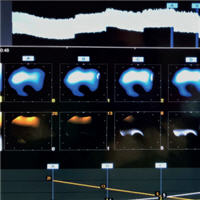
Innovations in ICU Ventilation
Many centuries ago, Socrates stated that "the secret of change is to focus all of your energy, not on fighting the old, but on building the new." Nowadays, we may relate his quote with the concept of innovation, which is... read more
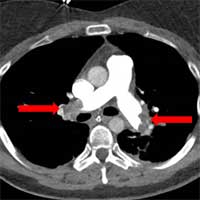
Massive PE with Intra-hospital Cardiac Arrest and Full Recovery of RV Function after vaECMO
The concept of vaECMO treatment alone might be a valuable alternative in selected patients with massive PE and cardiogenic shock, in whom thrombolytic therapy might not unload the RV fast enough. We present a case of a... read more

Computer Tomographic Assessment of Gastric Volume in Major Trauma Patients
In major trauma patients, overall stomach volume deriving from food, fluids and air must be expected to be around 400–500 mL. Gastric dilation caused by air is common but not typically associated with pre-hospital airway... read more
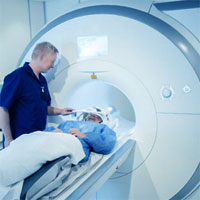
Clinical Experience of Whole-body CT as the Initial Evaluation Tool After ECPR in OHCA Patients
Routine whole-body computed tomography (CT) after extracorporeal cardiopulmonary resuscitation (ECPR) in out-of-hospital cardiac arrest (OHCA) patients appears to have a limited role, as the majority is caused by ACS. However,... read more
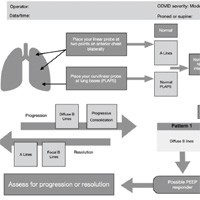
Ultrasound in Times of COVID-19
The potential clinical utility of ultrasound modalities in the COVID-19 patient, the limitations, evidence base and governance over point of care ultrasound images during a pandemic and a discussion on whether the hype surrounding... read more
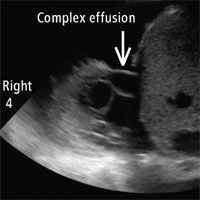
COVID-19: Point-of-Care Ultrasonography (POCUS)
Point-of-care ultrasonography (POCUS) is a relatively new technology that has evolved considerably over the last decade. The advantages of POCUS, especially during the COVID-19 pandemic, include ease of use, bedside availability,... read more

Standardized EEG Analysis to Reduce the Uncertainty of Outcome Prognostication After Cardiac Arrest
In the majority of comatose cardiac arrest (CA) patients, the outcome remains indeterminate after application of ERC/ESICM prognostication algorithm. Standardized EEG background analysis enables accurate prediction of both... read more
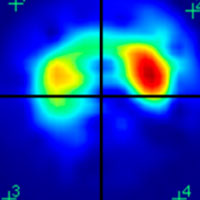
Prone Positioning Monitored by Electrical Impedance Tomography in Patients with Severe ARDS on VV-ECMO
Prone positioning (PP) during veno-venous ECMO is feasible, but its physiological effects have never been thoroughly evaluated. Our objectives were to describe, through electrical impedance tomography (EIT), the impact of... read more

An assessment of repeat computed tomography utilization in the emergency department in the setting of blunt trauma
Two CT scans performed during blunt trauma encounters demonstrated mixed benefit and were associated with an increased hospital LOS. Additionally, IV contrast was associated with lower rates of AKI. Of 5787 patient encounters,... read more

TAPSE Has Superior Predictive Value vs. RV/LV Ratio in Normotensive Patients with Acute Pulmonary Embolism
Right ventricular dysfunction (RVD) is an indicator of poor prognosis in normotensive patients with acute pulmonary embolism (APE). The aim of this study was to compare right ventricular (RV)/left ventricular (LV) ratio measured... read more
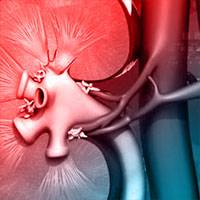
Association Between Intravenous Contrast Media Exposure and Non-recovery From Dialysis-requiring Septic AKI
This large observational study did not support an association between intravenous contrast media and adverse in-hospital outcomes in patients with septic dialysis-requiring acute kidney injury (AKI-D). Further studies are... read more
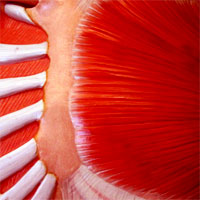
Amount of Muscle Mass During ICU Admission May Be Linked to Survival
In the study cohort, ICU admission pectoralis muscle area (PMA) was associated with survival during and following critical illness; it was unable to predict regaining an independent lifestyle following discharge. ICU admission... read more

Extravascular Lung Water as a Target for Intensive Care
Extravascular lung water (EVLW) remains a useful guide for monitoring pulmonary edema (PO) and vascular permeability in sepsis, acute respiratory distress syndrome (ARDS), and heart failure. In addition, EVLW has a prognostic... read more




